35,000 15,000 Start date 1945 Location Borneo | 2,100 casualties
568 killed 10,000 End date August 1, 1945 | |
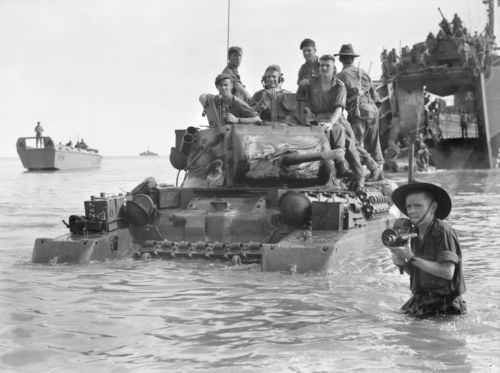 | ||
Result Allied victory; Japanese pushed further from Australia Similar World War II, Gilbert and Marshall Islands c, Mariana and Palau Islands c, Pacific War, Philippines Campaign | ||
The Borneo Campaign of 1945 was the last major Allied campaign in the South West Pacific Area during World War II. In a series of amphibious assaults between 1 May and 21 July, the Australian I Corps, under Lieutenant General Leslie Morshead, attacked Japanese forces occupying the island. Allied naval and air forces, centred on the U.S. 7th Fleet under Admiral Thomas Kinkaid, the Australian First Tactical Air Force and the U.S. Thirteenth Air Force also played important roles in the campaign. They were resisted by Imperial Japanese Navy and Army forces in southern and eastern Borneo, under Vice-Admiral Michiaki Kamada, and in the north west by the Thirty-Seventh Army, led by Lieutenant-General Baba Masao.
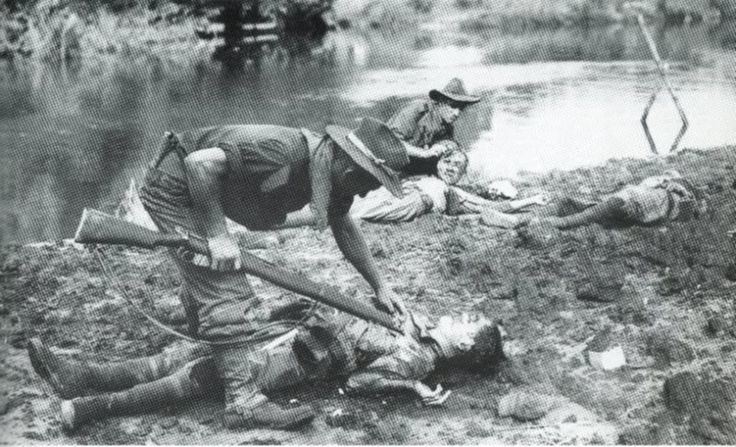
The plans for the Allied attacks were known collectively as Operation Oboe. The invasion of Borneo was the second stage of Operation Montclair, which was aimed at destroying Japanese forces in, and re-occupying the Netherlands East Indies, the southern Philippines, Sarawak and British Borneo. Borneo in particular was considered at the time a strategic location for its natural resources, oil.
The Borneo campaign was criticized in Australia at the time and in subsequent years, as pointless or a "waste" of the lives of soldiers. Modern historians such as Max Hastings have said that attacking these forces, already cut off from Japan, was a waste of resources.
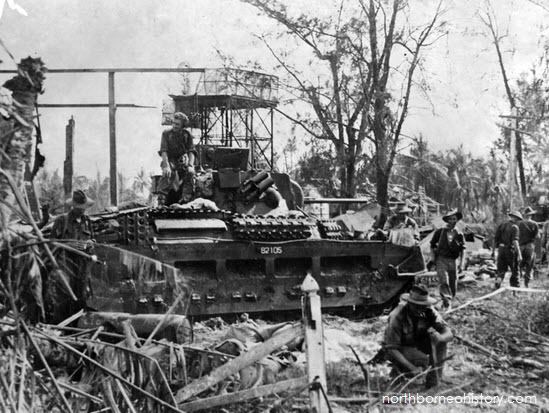
"Any rational strategic judgment would have left them to their own devices screened by token allied forces until their nation's defeat enforced their surrender."
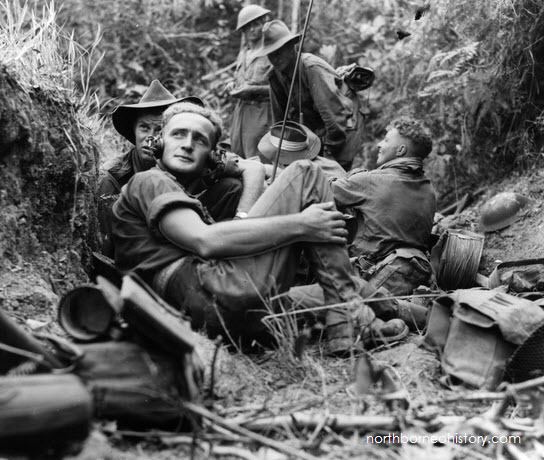
It has been argued that the campaign did, however, achieve a number of objectives, such as increasing the isolation of significant Japanese forces occupying the main part of the Dutch East Indies, capturing major oil supplies, and freeing Allied prisoners of war, who were being held in increasingly worse conditions (see, for example, the Sandakan Death Marches and Batu Lintang camp articles).
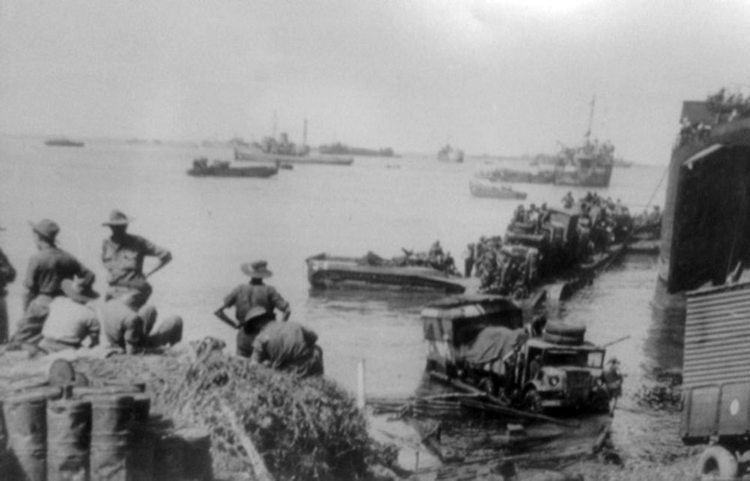
The initial Allied plan comprised six stages: Operation Oboe 1 was to be an attack on Tarakan; Oboe 2 against Balikpapan; Oboe 3 against Banjermasin; Oboe 4 against Surabaya or Batavia (Jakarta); Oboe 5 against the eastern Netherlands East Indies; and Oboe 6 against British Borneo (Sabah). In the end only the operations against Tarakan, Balikpapan and British Borneo—at Labuan and Brunei Bay—took place. The campaign opened with Oboe 1 by a landing on the small island of Tarakan, off the north east coast on 1 May 1945 using Australian built MKIII folboats. Small parties paddled in the Tarakan region to obtain useful information and observe the Djoeta oilfields prior to an invasion. On the 29th May 1945, The OBOE 6 party, including Sergeant J Wong Sue, was inserted into Kimanis Bay, British North Borneo for close reconnoitering work using a Hoehn military folboat deployed from a Catalina aircraft.
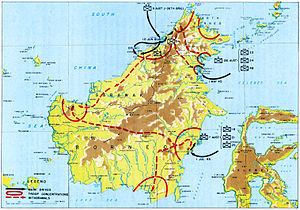
On the 10th June 1945 Oboe 6 subsequently followed with simultaneous assaults on the island of Labuan and the coast of Brunei, in the north west of Borneo. A week later, the Australians followed up with attacks on Japanese positions around Weston on the north-eastern part of Brunei Bay. The attention of the Allies then switched back to the central east coast, with Oboe 2. The last major amphibious assault of World War II was at Balikpapan on 1 July 1945. These operations ultimately constituted the last campaigns of Australian forces in the war against Japan.
